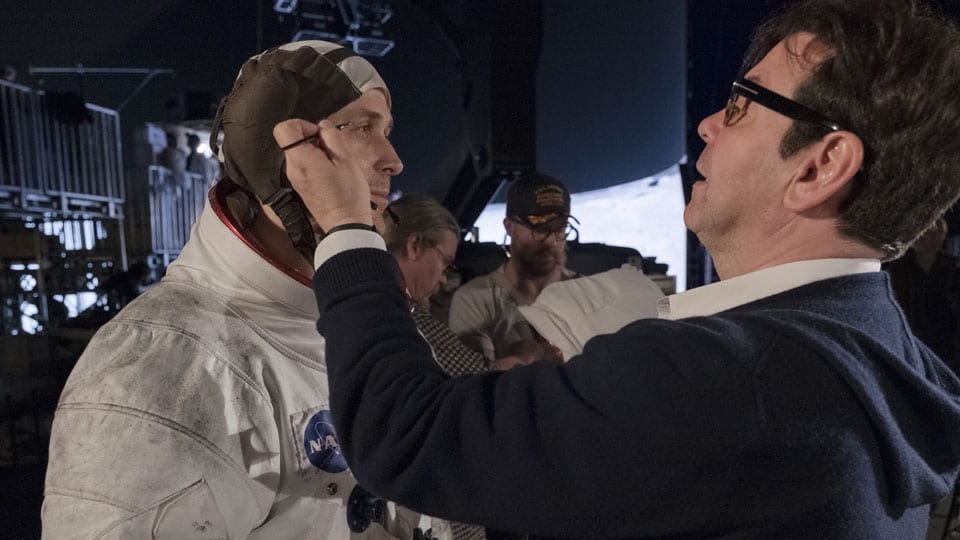In the middle of all the technology at NAB, industry panels at the Content Theater discussed the convergence of art and technology. One of the biggest issues discussed in a number of panels was the future of 3D cinema and how it’s now “Easy on the eyes, the way 3D should be.”
3D images have been around since the invention of the first stereoscopic daguerreotypes in the late 1830s. 3D can even be found in early cinema. Arguably, the first 3D movie was the Lumiere brothers’ film, L’Arrivée d’un Train. The film caused a panic when it was first released in 1903. Audiences feared the train was about to crash into them.
Experiments with 3D continued until the 1950s, when there was a boom in 3D cinema. During this golden age, the major studios produced more than 60 stereoscopic films, including Hithcock’s Dial M for Murder, but the format never really took hold due to complex technical requirements and less than optimal viewing conditions. Theaters had to be equipped with silver screens and double synchronized projectors, anaglyph glasses had to be worn and the film weave in the gates of both the cameras and the duel projectors caused eyestrain and headaches. Nevertheless, 3D refused to go away, reappearing between 1973 and 1985 with films such as Jaws 3D and Friday the 13th Part III, then making the leap onto the “big” screen with the invention of the Imax 3D format.
Although the technology for creating 3D films has been around for a significant amount of time, the difficulty viewing these films has relegated the technique to the novelty category. Now, with the advent of digital cinema, the evolution of 3D films is advancing so rapidly and having such an effect on the movie-going experience that it has been compared to the introduction of color film to audiences raised on black and white. And not only is the technology different, but the way of thinking about 3D has changed. According to Ray Hannisian of 3ality, the difference between then and now is, “3D used to jump out. Now there is a sense of immersion.”
Perhaps the biggest advantage for the viewer is the new screening technology. RealD, a global leader in 3D technology, is one of the companies pioneering stereoscopic projection systems for digital cinema that are much more sophisticated than the anaglyph “red and blue glasses” that are so familiar to most moviegoers. With a single digital projector using circular polarization to separate left- and right-eye images, the RealD system creates a realistic and immersive experience without the light issues and eyestrain associated with older 3D systems. According to Matt Cowen, chief scientific officer for the company, “The system provides good symmetry and stability to the eye, essential for comfortable viewing.”
New cameras, rigs and edit systems for 3D filming, finishing and screening—both theatrically and via television—are now available through numerous companies, but the additional production time and costs to produce 3D will also need to be justified and recouped though increased box-office revenues. For 3D to join the mainstream, the number of screens able to project the format will need to increase so that one film is not bumped off to make way for another. Buzz Hays, senior VFX producer at Sony Imageworks noted that last summer the industry was forecasting 4,000 3D screens for the March 27th debut of Monsters and Aliens, but with the economic slow-down, only 2080 screens were on line and the ambitious plans for expanding the number of screens have been stalled, at least for the time being. Nevertheless, somewhere in the not-too-distant future is a world of 3D cinema.





